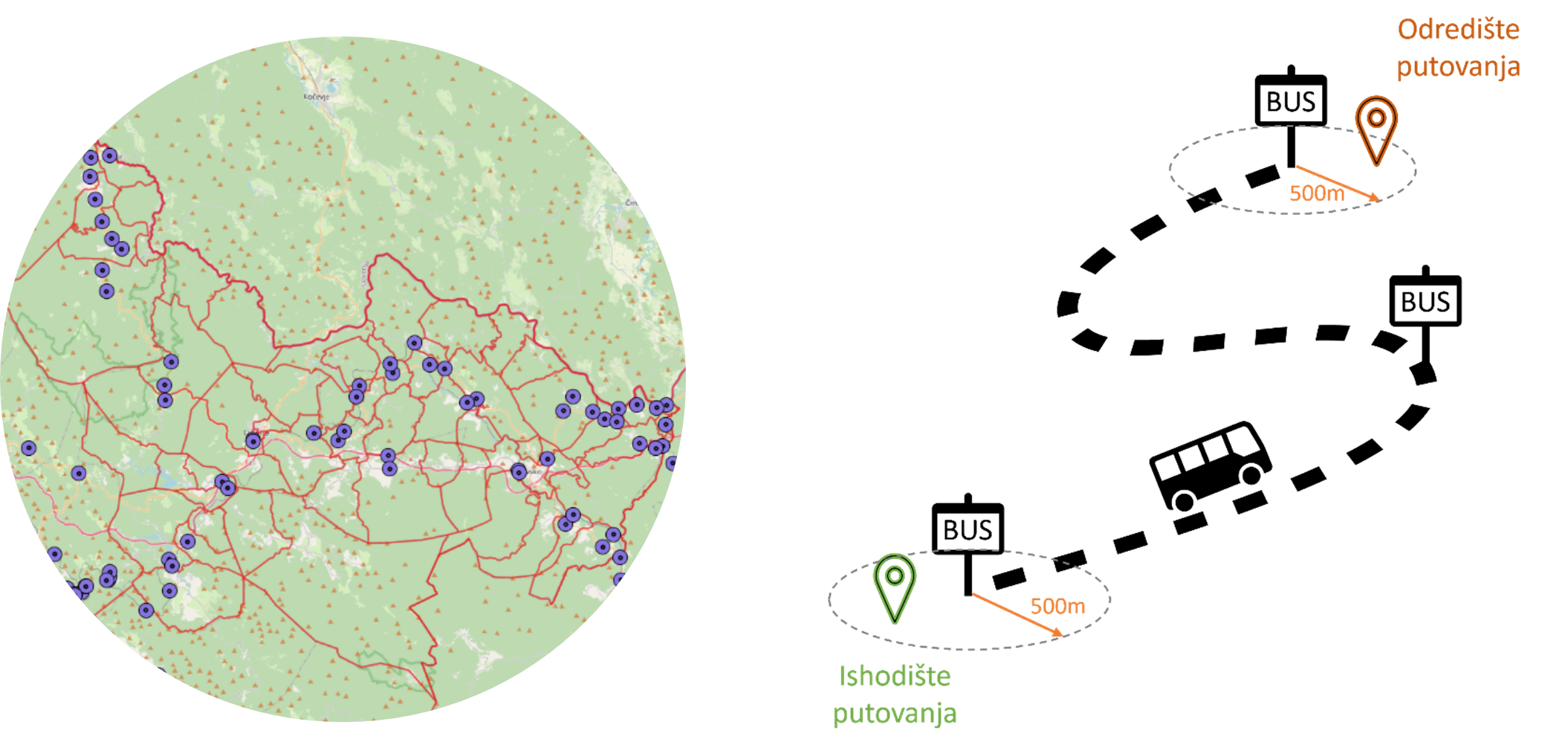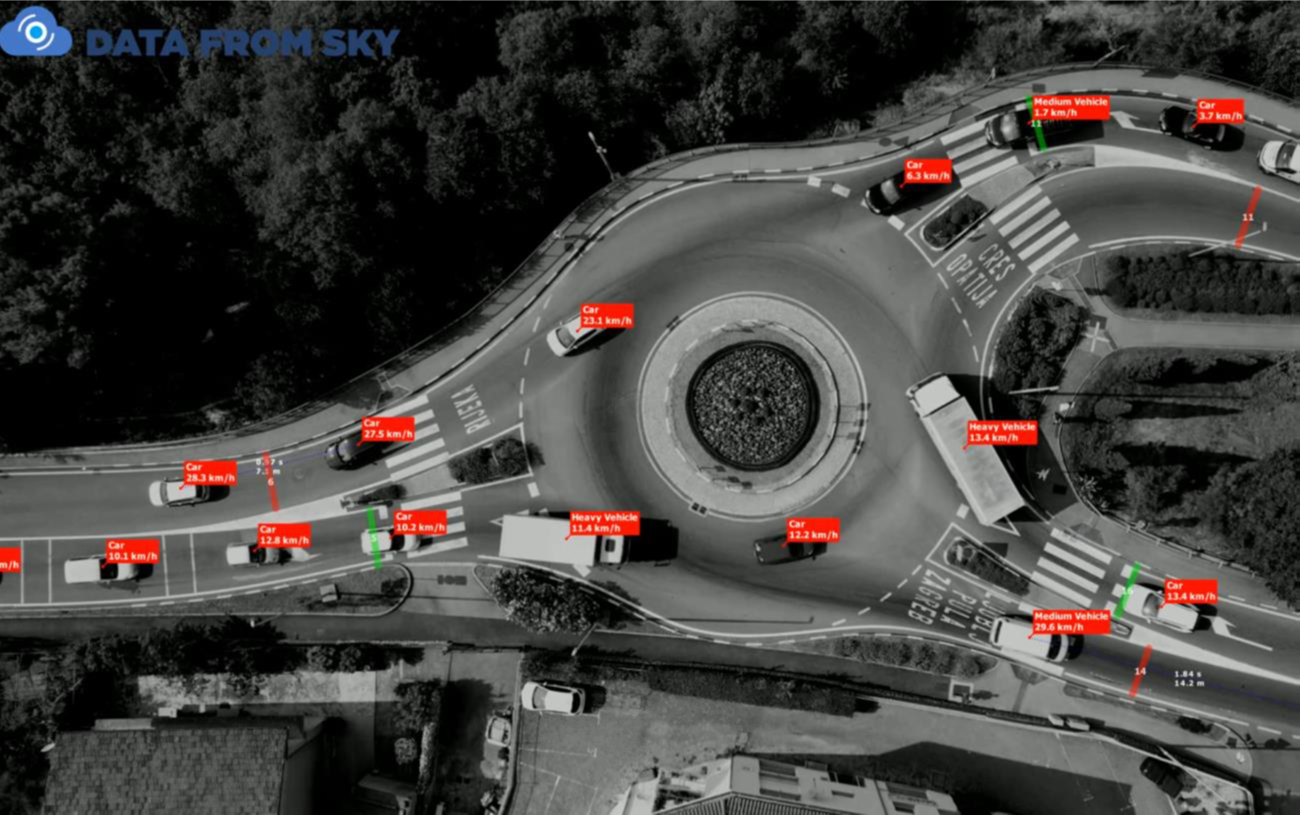Challenges
The city of Bakar, as one of the oldest urban centers in Croatia, continuously invests in modernization and responsible management of city infrastructure. Among the priorities of local government is the need for more transparent, sustainable and efficient management of energy resources, especially in public buildings and spaces under the administration of the City.
Until now, the management of energy and water consumption in urban facilities relied on aggregated data from suppliers’ accounts, which meant that the City had no precise, timely or detailed insight into how much energy was consumed – where, when and why. Such an approach makes it difficult to detect abnormal consumption, prevents targeted interventions and thus rationalise costs and improve energy efficiency.
In the light of European climate and energy goals, as well as national strategies that foster the digital and green transition at the level of local self-government, the City of Bakar decided to explore the possibilities of introducing a digital system for monitoring and managing consumption - based on sensory, Internet of Things (IoT) and advanced data analytics.

Solutions
As part of the service Test Before Invest, The City of Bakar, in cooperation with the EDIH Adria consortium, carried out structured testing of advanced technologies for smart energy management.
The aim of the test was to examine which solution would best suit the needs of the City – considering the number and type of facilities, user habits, security requirements and future possibilities of system expansion.
During the test phase, a demonstration system was developed that includes:
- Measuring energy consumption by energy cost centres (ETC) – such as sanitary facilities, kitchens, lighting components and other significant consumers within the facilities. Used Shelly PRO 3EM devices, three-phase meters enabling precise, digital consumption records by stages, circuits and time.
- Comparative testing of two software solutions:
- insulae – a ready-made SaaS platform with a user-friendly interface, consumption visualisation, object tracking and user management capabilities.
- Node-RED – a modular open-source tool that enables advanced configuration of measurement flows, logic and alerts, intended for more technically advanced users.
- Simulation of real conditions of use, including mapping measurement points, creating dashboards, generating graphs and testing integration with external systems.
Testing was conducted under controlled conditions (so-called laboratory setup), without installing the device in real city facilities, but with a clear projection of how the system would look in full implementation.

Results and Benefits
The results of the tests confirmed that the implementation of a smart energy management system would bring numerous advantages for the City of Bakar – both operational and strategic.
First of all, the system allows detailed and timely insight into energy consumption – not only at the level of whole objects, but also by individual rooms, devices or functional units. Such granularity makes it possible to accurately identify where unusual consumption occurs – for example, failures in heating systems or inefficient lighting – which opens the door to a quick and targeted intervention.
In addition, the system offers the possibility of proactive warning of discrepancies via e-mail or push notifications, which reduces the need for manual monitoring and increases the reaction speed of the competent services.
Through visual dashboards, the city could Increase transparency of spending and to the users of the premises – such as tenants, tenants or managers – thus achieving better control over the costs, but also incentivising accountability by the end users.
Finally, testing laid clear technical and organisational foundations for possible future procurement and implementation – including recommendations on hardware, software architecture, user education needs and the organisational model of system management.

Lessons learned
One of the key lessons from this test is that efficient management of energy consumption in public buildings requires more than just measurement – it is necessary to understand what is measured, why and how this data is used for decision-making.
Defining Energy Cost Centres (ETCs) It has been shown how important it is to structure objects in a way that makes sense for later analytics and reporting.
The city also recognizes that Automation of data collection and processing Not only is it a technical asset, but it is also a key tool to ensure the quality and consistency of information – creating the basis for energy renovation planning, budget management and communication with stakeholders.
And finally, the test showed that Simple user interface and local control capability (with optional connection to the cloud) crucial factors for the acceptance of the system among the end users in the city administration.

Measurable data
The test simulated 50 measuring points, which would be installed in the actual system at key locations within urban facilities.
Estimated the value of the investment for the entire system (hardware, software, implementation and one-year license) is about €50,000, while they Annual operating costs maintenance and use of SaaS solutions assessed at €25,000.
Selected IoT devices (Shelly PRO 3EM) support different communication protocols (MQTT, REST API, WebSocket), which enables their integration with existing systems for smart facility management, as well as with potential future platforms at county or state level.
Conclusion
Through the project of testing a smart energy consumption monitoring system, the City of Bakar has taken an important step towards the digital and green transformation of its resources.
Although this is a test phase rather than a production phase, the activities carried out gave a clear picture of the functionalities, needs and potential benefits of the future system. With the support of the EDIH Adria team, the City now has the basis for making an informed decision on investing in a system that can contribute not only to savings, but also to compliance with climate goals, improving the management of city property and strengthening transparency towards citizens.
The next step is to create the Digitalisation of Energy Governance Action Plan, which will serve as a basis for applying to the funds and possible implementation of the system in a real-life environment.






